Functional Programming

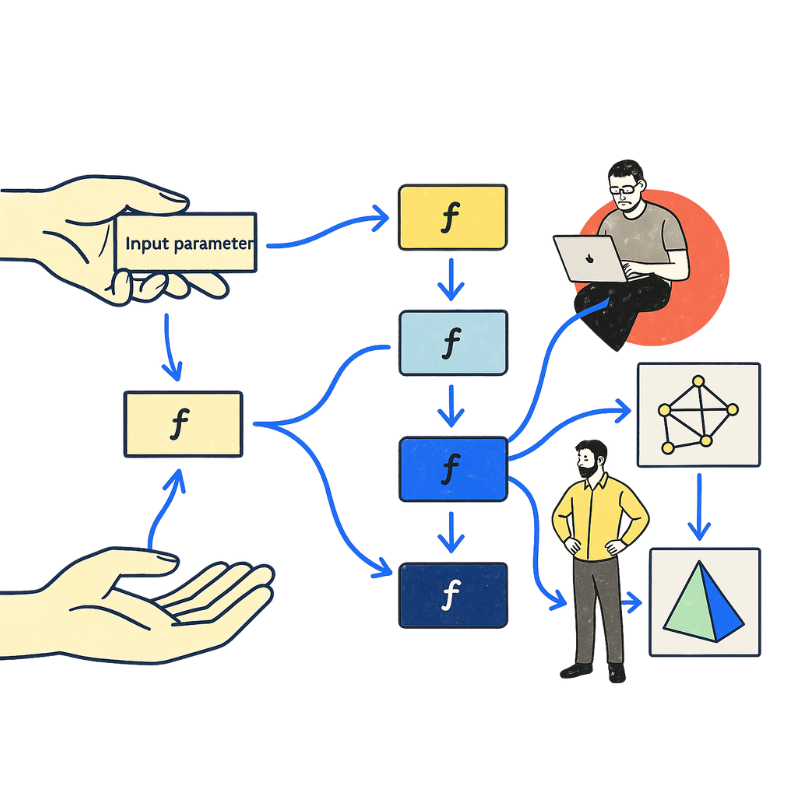


map, filter, and reduce align well with functional concepts.
We at Codesmith cultivate technologists who are at the intersection of society and tech, able to meet this moment and thrive in an ever-changing world. Ready to become a modern software engineer?
Today, we'll explore functional programming, a paradigm that gained popularity among developers, especially due to its effective integration within React. While it may seem popular now, functional programming isn't new - it's been used extensively in academic contexts for decades. React's rise in popularity has brought several foundational functional concepts into mainstream development.
In this blog post, we’ll cover:
For hands-on practice with these concepts, explore CSX Coding Challenges.
.png)
Functional programming is built around three core principles:
Adopting these principles enhances code reuse, significantly reduces bugs related to shared state, and simplifies debugging processes.
Functional programming depends on two powerful concepts:
While functional programming offers powerful benefits, it also comes with challenges:
Understanding the difference between these approaches helps leverage functional programming effectively:
Explicitly details each step of how tasks are executed.
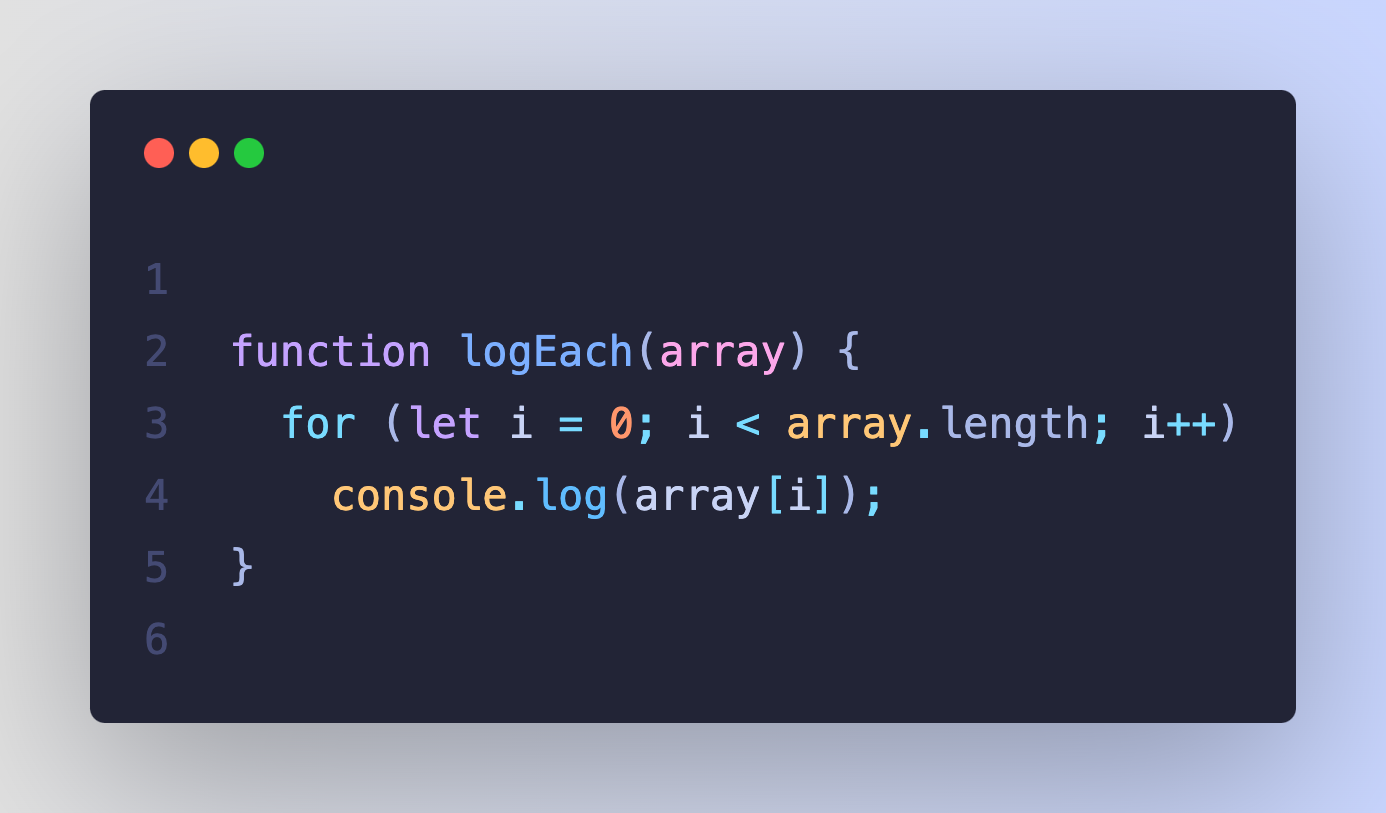
Focuses on what the result should be, simplifying and clarifying code, making it especially useful in React where declarative code eases component logic and facilitates easy refactoring.

Pure functions offer several benefits by:
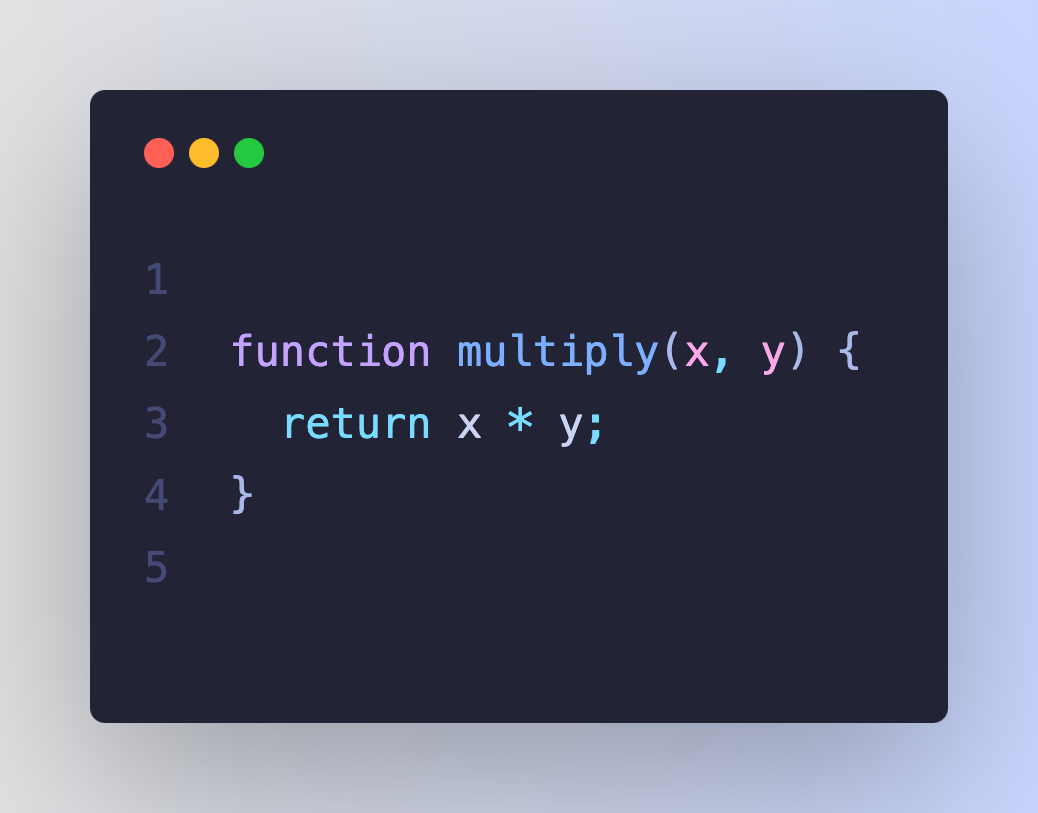
JavaScript provides several built-in methods that align perfectly with functional programming principles:
Executes a provided function once for each array element without mutating the array.
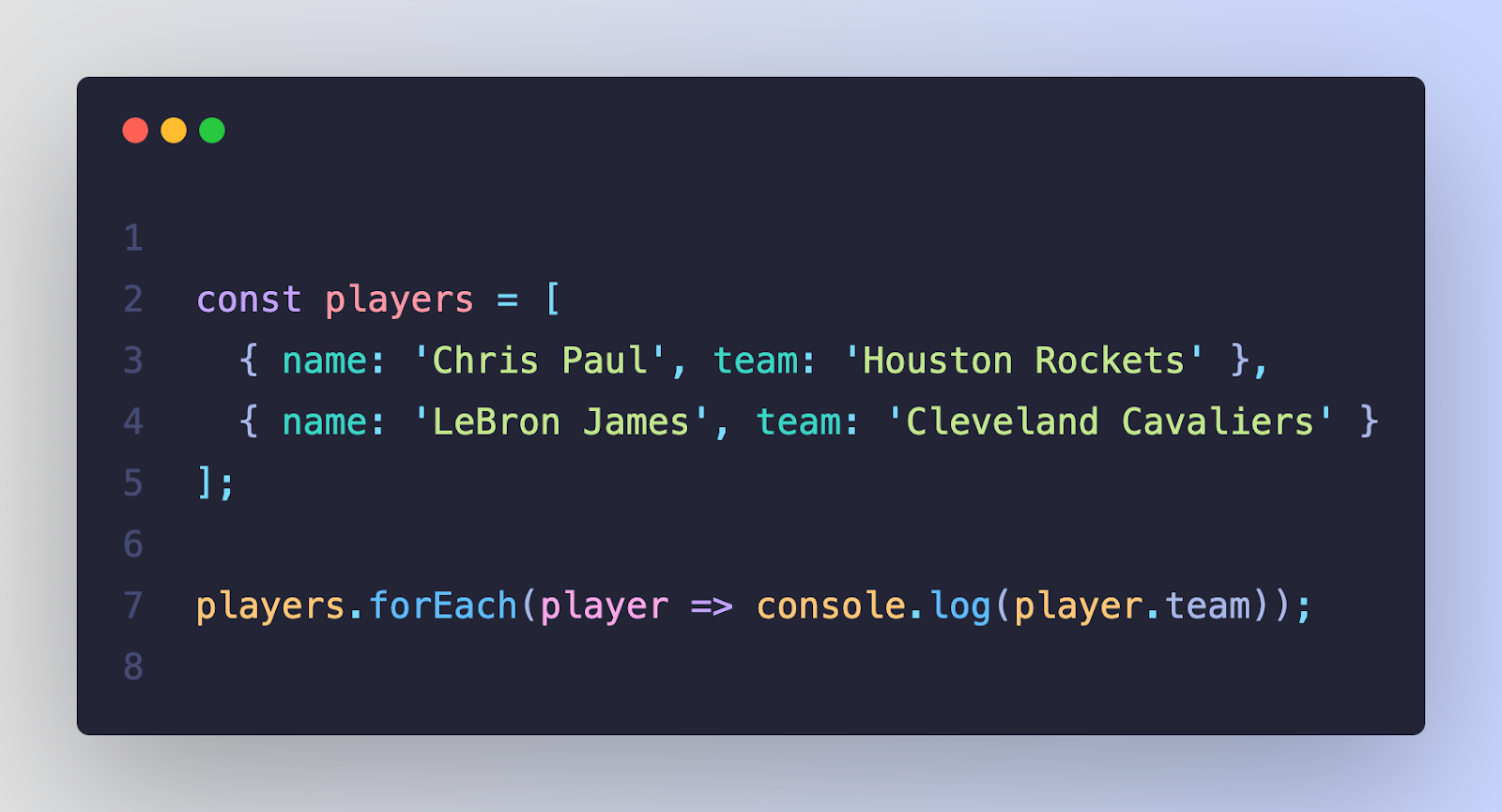
Creates a new array containing elements that meet a specific condition.
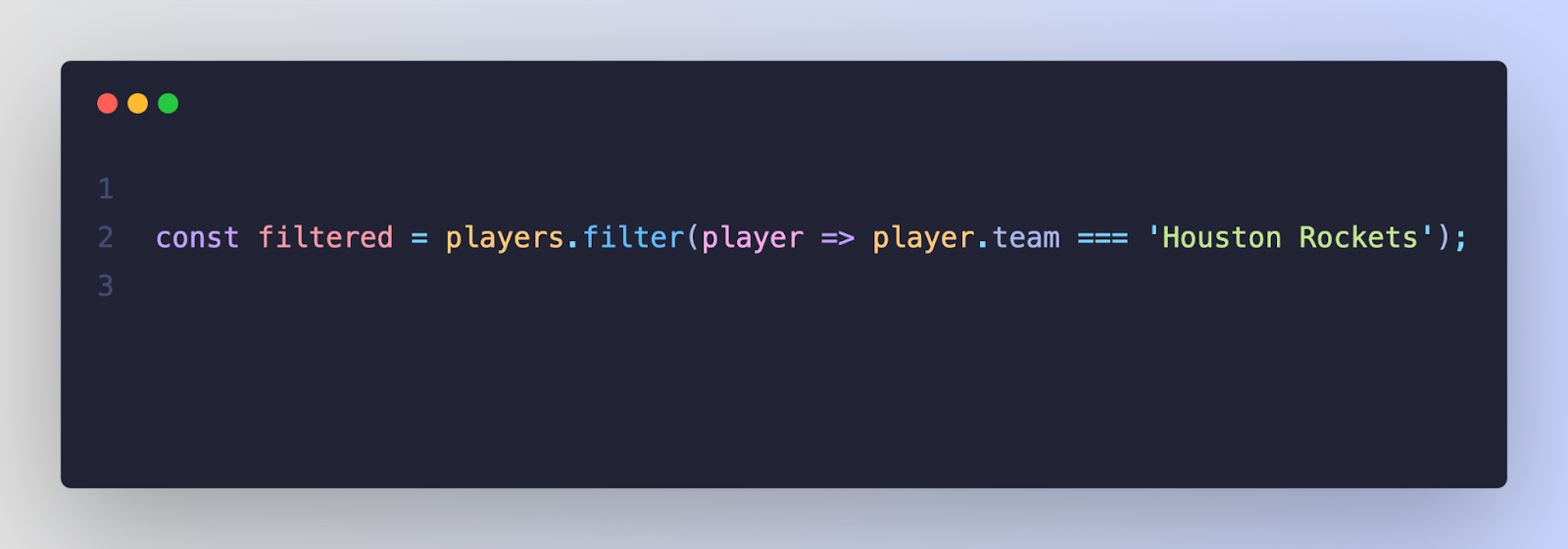
Transforms each array element, resulting in a new array.

Combines array elements into a single value, often used for aggregating or summarizing data.

These methods test array elements against conditions:

Adopting these functional concepts can significantly enhance your JavaScript development, making your applications easier to understand, maintain, and scale.
%20(1).png)

Explore CS Prep further in our beginner-friendly program.
Get more free resources and access to coding events every 2 weeks.

Connect with one of our graduates/recruiters.

Our graduates/recruiters work at:

Connect with one of our recruiters to learn about their journeys.
Our graduates/recruiters work at: